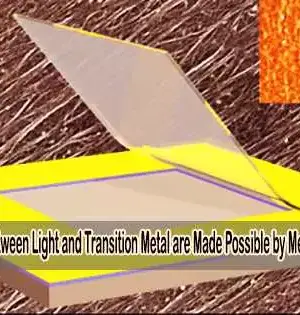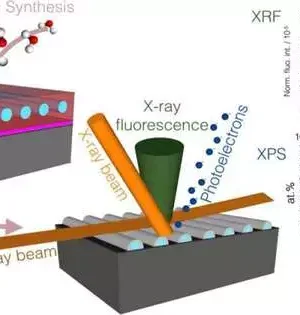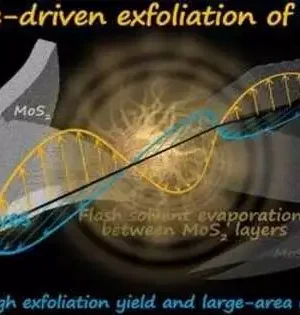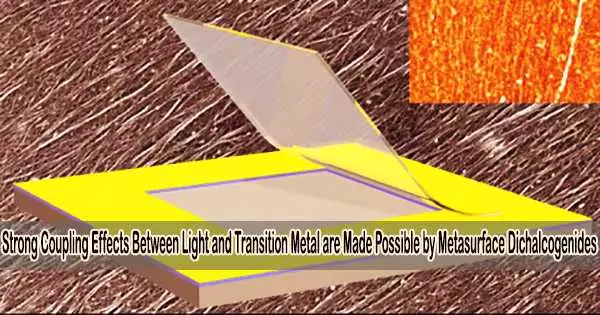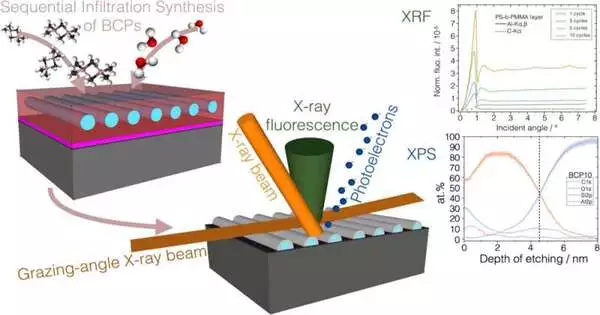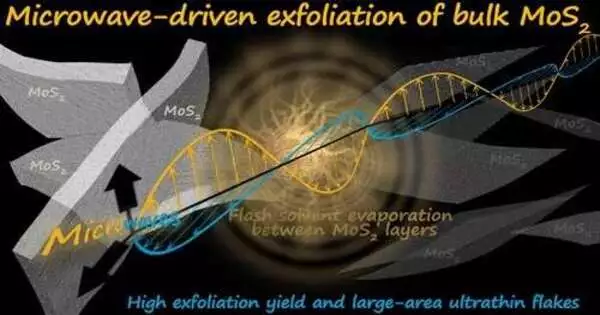An essential component of nanophotonics is the interaction of light and matter at the nanoscale. Scientists can manipulate and improve electromagnetic energy at volumes smaller than the wavelength of the incident light thanks to resonant nanosystems. They not only make it possible to capture sunlight much more efficiently, but they also make it possible to guide optical waves more effectively and control emissions. Polaritons, which are hybridized photonic and electronic states created by the strong coupling of light with electronic excitation in solid-state materials, can display intriguing features including Bose-Einstein condensation and superfluidity. A new study, published in the journal
Nanomaterials
Sequential infiltration synthesis in nanostructured polymers has been studied by researchers from Paderborn University, the Physikalisch-Technische Bundesanstalt (PTB), the German National Metrology Institute, the Istituto Nazionale di Ricerca Metrologica (INRiM), Italy's national metrology institute, the Politecnico di Torino, and the Politecnico di Torino. They want to increase the chances of identifying material characteristics at the smallest length scale. Future computer chips, energy conversion and storage techniques, and molecular sieves, for example, will all require materials with structures in the range of just a few nanometers. The study's findings have now been presented as the cover article of ACS Applied Polymer
A new method for exfoliating MoS2 flakes that yields large, thin flakes has been developed by a group of researchers. The material quality is comparable to that of mechanical exfoliation, and the microwave-assisted exfoliation produces 50 times more flakes than ultrasonication. This quick process has the potential to open up new uses for electronic and photonic devices and requires little processing. MoS2 is a transition metal dichalcogenide with a wide range of physical properties, ranging from semimetallic to semiconductor, superconductor, or insulator, depending on its dimensions. This makes it an intriguing material for use in electronics. These properties are determined
